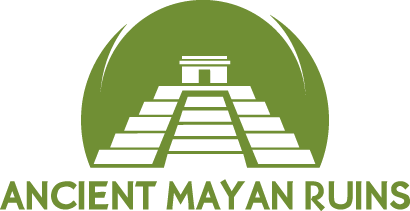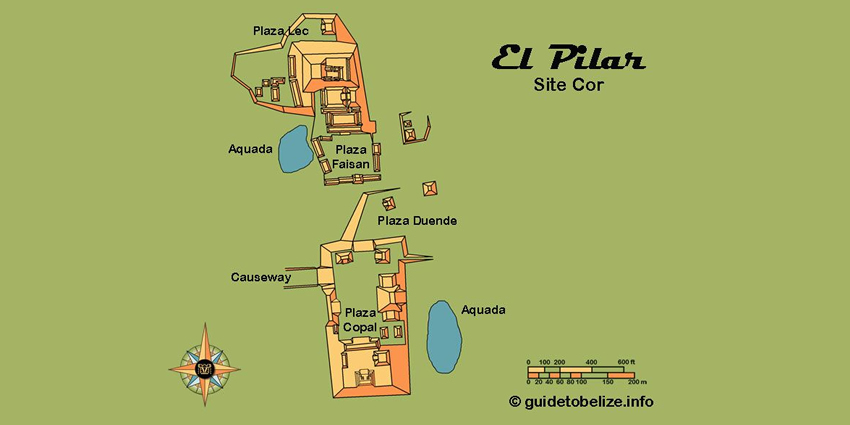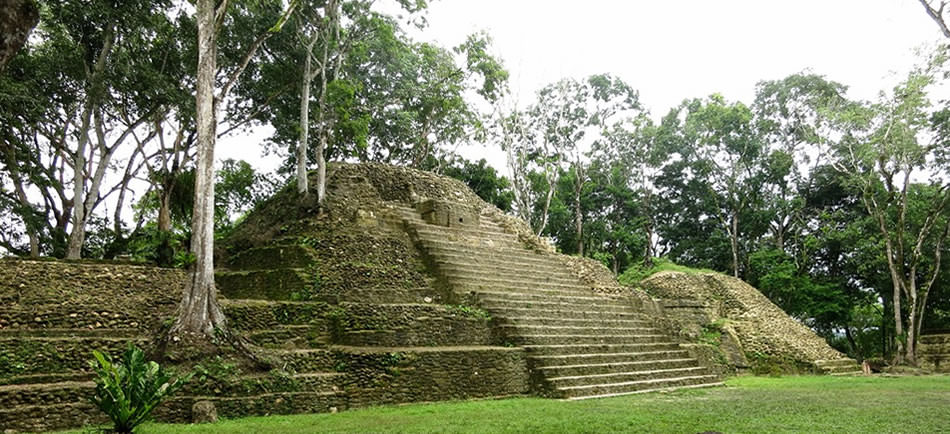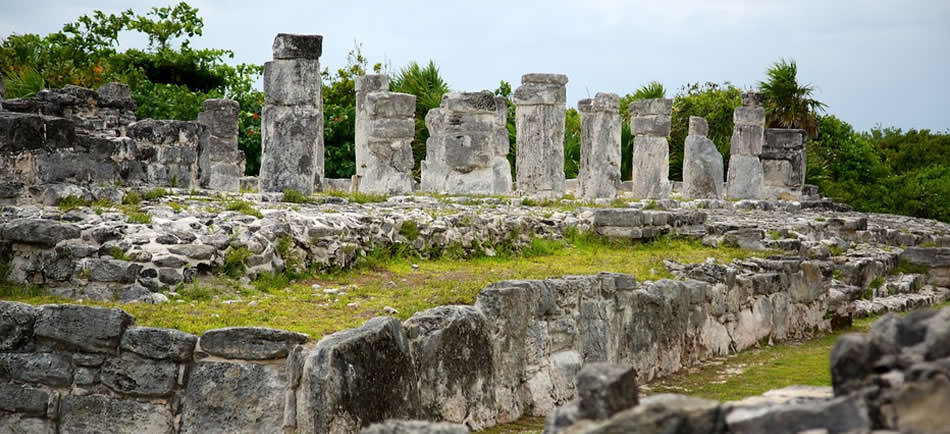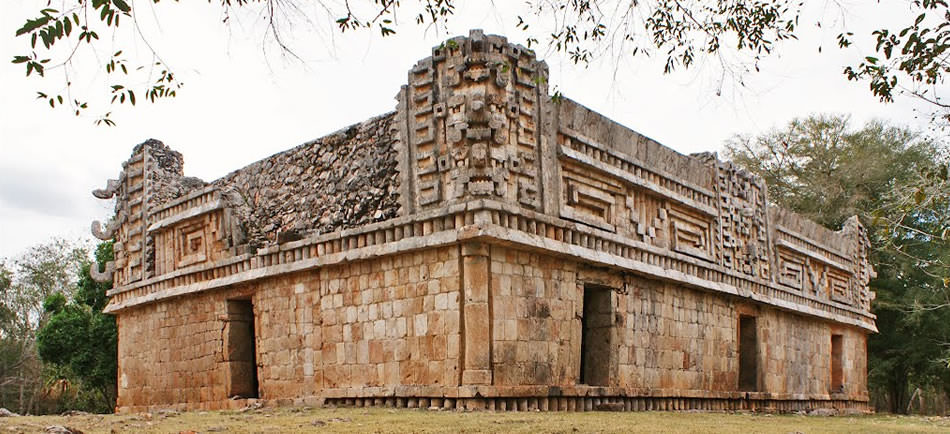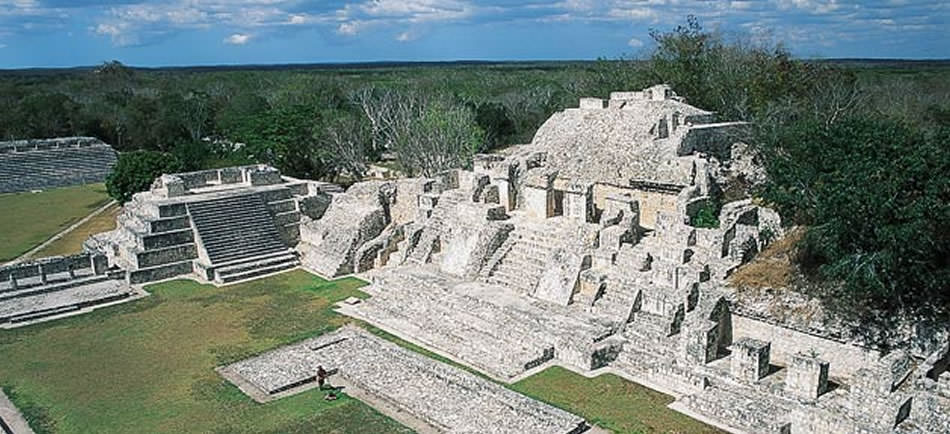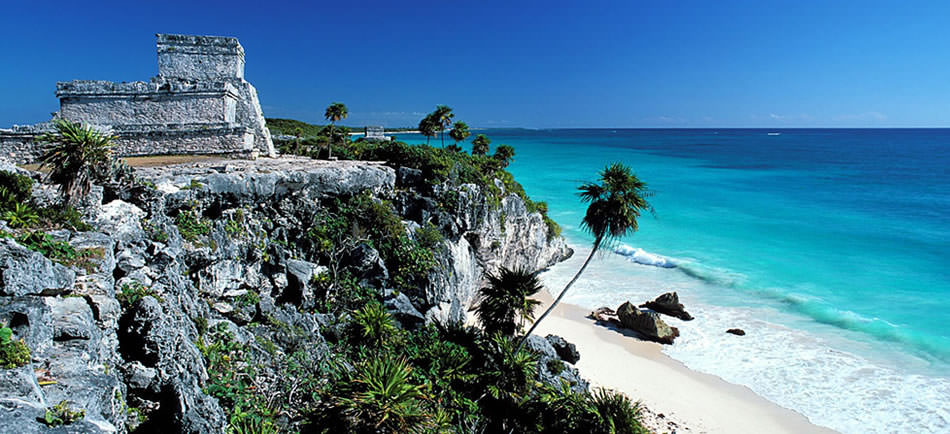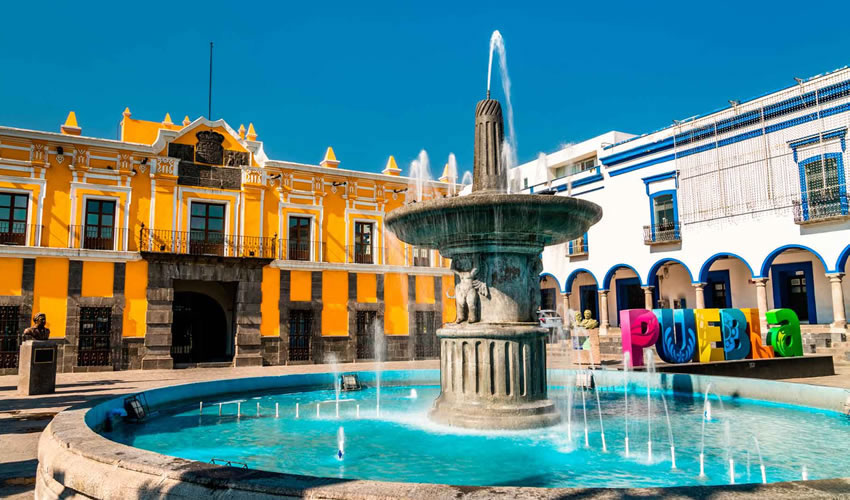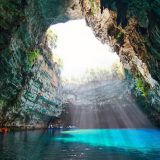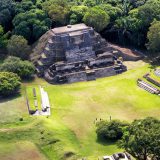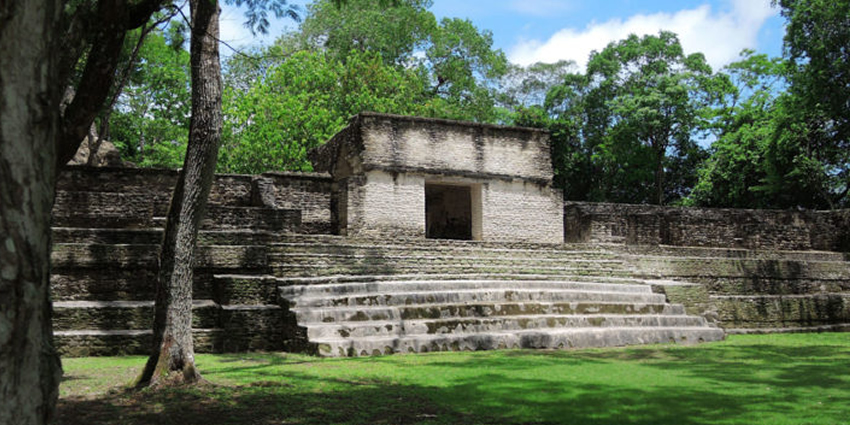
El Pilar
El Pilar is situated in the dense tropical rainforest of Belize, near the border with Guatemala.
The site covers an expansive area of 48 hectares, making it one of the largest Maya sites in Belize. The site consists of more than 25 plazas and over 800 structures, including pyramids, temples, residential complexes, and agricultural terraces.
The ruins of El Pilar are nestled amidst the lush greenery, which is renowned for its biodiversity and ecological importance. The site’s location in the heart of the forest provides a captivating backdrop for exploration and adds to its allure.
El Pilar is one of the fascinating Mayan ruins located in Belize, offering visitors a glimpse into the rich history and culture of the ancient Maya civilization. Visit this amazing place and explore the ancient structures and pathways of El Pilar.
The best time to visit El Pilar is during the dry season, which typically runs from late November to April, when the weather is generally mild, with lower chances of rain, making it ideal for outdoor exploration and hiking through the jungle terrain.
Be prepared for hot and humid conditions, especially during the peak summer months.
History and timeline
- Preclassic Period (1000 BC – AD 250): Initial settlement and early development.
- Classic Period (AD 250 – AD 900): Expansion and architectural growth.
- Postclassic Period (AD 900 – AD 1500): Decline and eventual abandonment.
El Pilar has a rich history that spans over 2,000 years, with evidence of continuous occupation from the Preclassic (around 1000 BC) to the Postclassic period (until the arrival of the Spanish in the 16th century).
The site reached its peak during the Late Classic period (AD 600-900) when it was a bustling urban center with extensive trade networks and cultural exchange. The site was abandoned before the Spanish conquest.
Rediscovery of the site
This archaeological site first mapped El Pilar in 1983.
In 1993, a major archaeological field survey excavation project marked the initial examination of El Pilar. The detailed map was executed with engineering survey instruments and excavations focused on accessways, stairs, and doorways.
When the monuments were mapped, the team of researchers verified the causeway system that linked from the east to the west uniting one ancient Maya center in two modern nations: Belize and Guatemala.
Later excavations tunneled into a major temple revealing a 2000-year construction history.
The city grew from the Middle Preclassic period (800 BC), with the first small temples and plazas identified in the main eastern temple of Plaza Copal. The civic area was expanded, reaching its greatest extent before 1000 AD.
At its height in the Late Classic, the total population of El Pilar is estimated to have exceeded 180,000.
Archaeologists have excavated many of the plazas, temples, and palaces of the monumental civic area. Surrounding the monuments are the residences that made up the ancient Maya community.
Tzunu’un, a residential unit discovered, mapped, and tested in 1984, became the focus of a major investigation that excavated, exposed, and consolidated an elite Maya house. This is the only archaeological house that the public has access to today.
Working with Master Maya forest gardeners, the team has developed a forest garden around the house site. The forest gardens of El Pilar are now maintained by the Maya farmers as part of the El Pilar Forest Garden Network.
Conservation and ecotourism
The El Pilar Archeological Reserve for Maya Flora and Fauna is open to the public and has a series of trails providing access throughout the site. Tourists can take a taxi from Bullet Tree Falls directly to the Maya site.
Intrepid visitors can experience both ancient and contemporary aspects of Maya life promoting Maya culture in the area. There is an active initiative to make El Pilar of Belize and Guatemala the first archaeological peace park in the world.
While El Pilar is protected in Belize and Guatemala and rangers are on site, it remains under threat by looters and was placed on the World Monument Fund’s 1996 list of 100 Most Endangered Sites in the World.
The conservation strategy promotes the conservation of ancient Maya monuments in the context of their natural environmental context. Sheltered under the forest canopy after 1000 years of neglect, all the monuments are best maintained in the shade.
This preserves Maya cultural heritage along with the forest gardens the Maya created.
What to see at the archaeological site of El Pilar?
El Pilar offers visitors a unique opportunity to explore a largely unexcavated Maya site in its natural state. The site’s remote location and peaceful surroundings provide a tranquil setting for learning about Maya history and culture.
Major attractions at El Pilar ruins:
- Main Plaza
- Ballcourt
- Plaza Copal
On the Plaza Copal visitors can marvel at the impressive architecture and intricate carvings.
In conclusion, El Pilar is a must-visit destination for history enthusiasts and nature lovers alike, offering a fascinating glimpse into the ancient Maya civilization amidst the backdrop of Belize’s lush tropical rainforest.
How to get to El Pilar ruins?
To reach the El Pilar Mayan ruins in Belize, you typically have a few options depending on your starting point and preferences:
If you’re already in Belize or neighboring Guatemala, you can travel to El Pilar by road.
The ruins are located near the town of San Ignacio in western Belize, which is a popular tourist hub with good road connections. From San Ignacio, you can hire a taxi or rent a car to drive to El Pilar. The journey takes about 30-45 minutes, depending on road conditions.
Many tour operators in Belize offer guided tours to El Pilar as part of their itinerary.
These tours often include transportation from major tourist destinations like San Ignacio or Belize City. Booking a guided tour can be a convenient option if you prefer to have transportation and a knowledgeable guide arranged for you.
While less common, it may be possible to use public transportation to reach El Pilar. Buses run regularly between major towns and cities in Belize, so you could take a bus to San Ignacio and then arrange local transportation to the ruins.
For the adventurous traveler, it’s also possible to hike to El Pilar from nearby communities or nature reserves. There are hiking trails in the area, but be sure to research and prepare adequately as the jungle terrain can be challenging.
Regardless of how you choose to get there, it’s a good idea to check current transportation options and road conditions before embarking on your journey. Additionally, consider the time of year and weather conditions, as heavy rains during the wet season may affect road accessibility.
